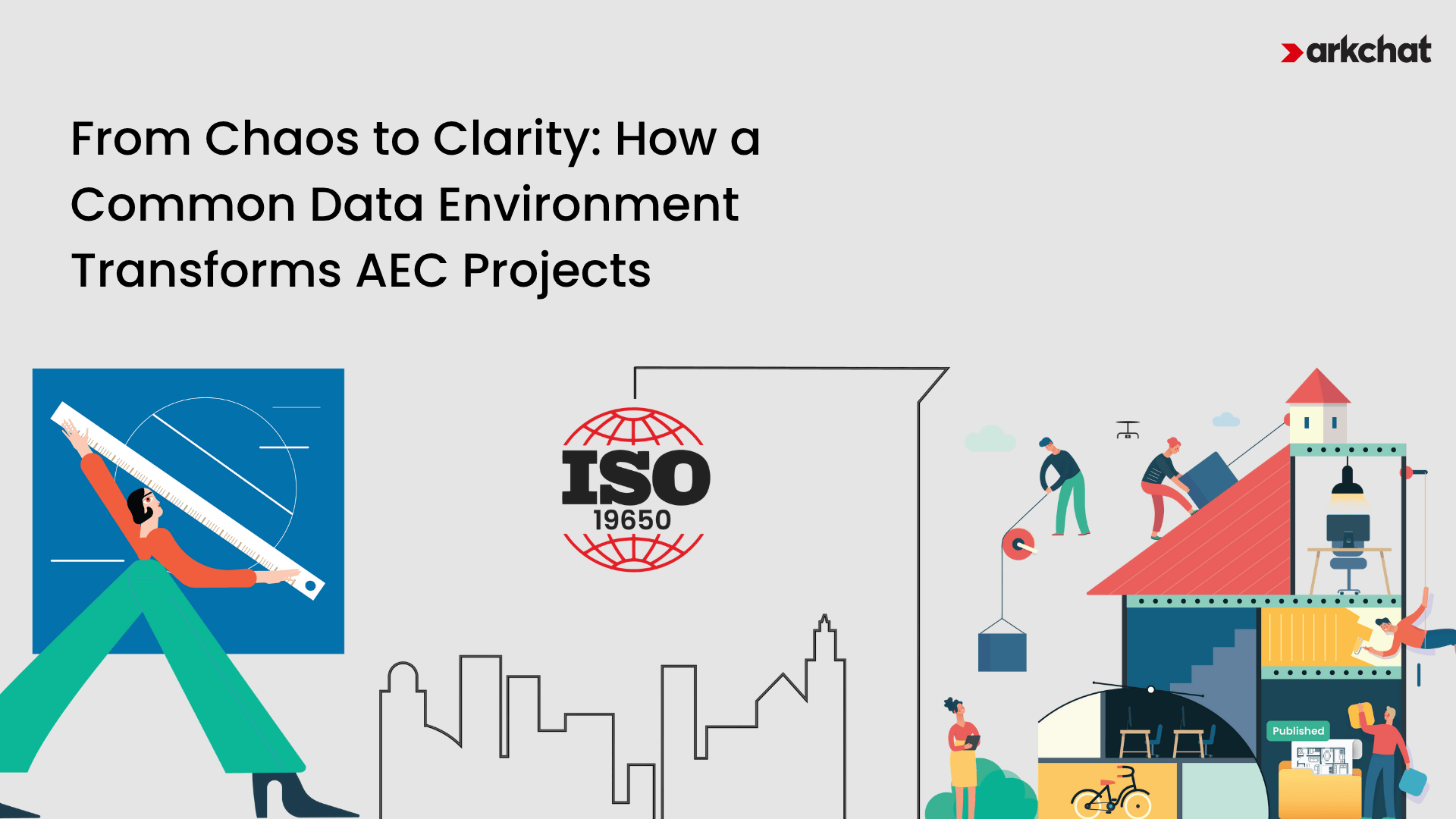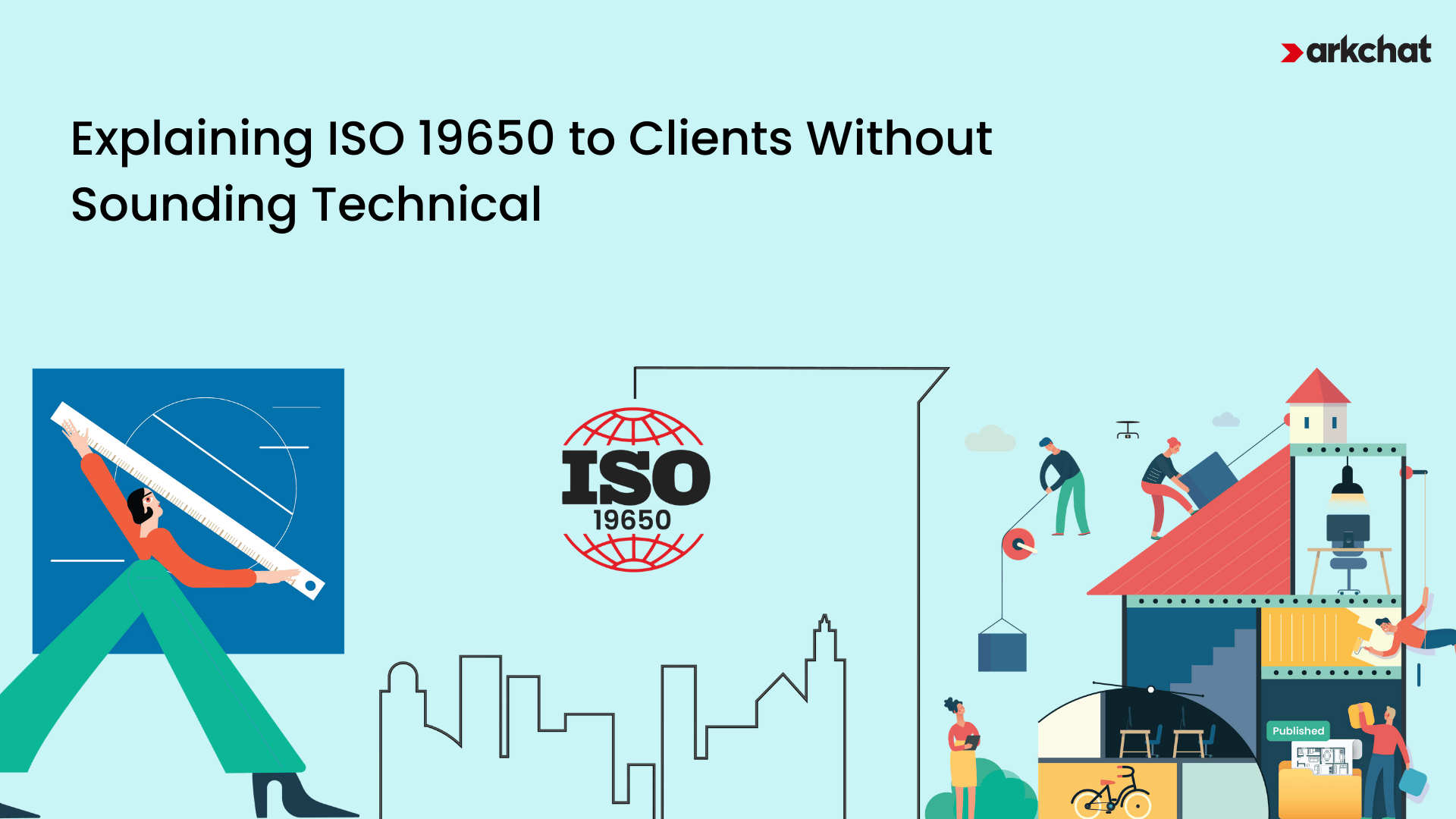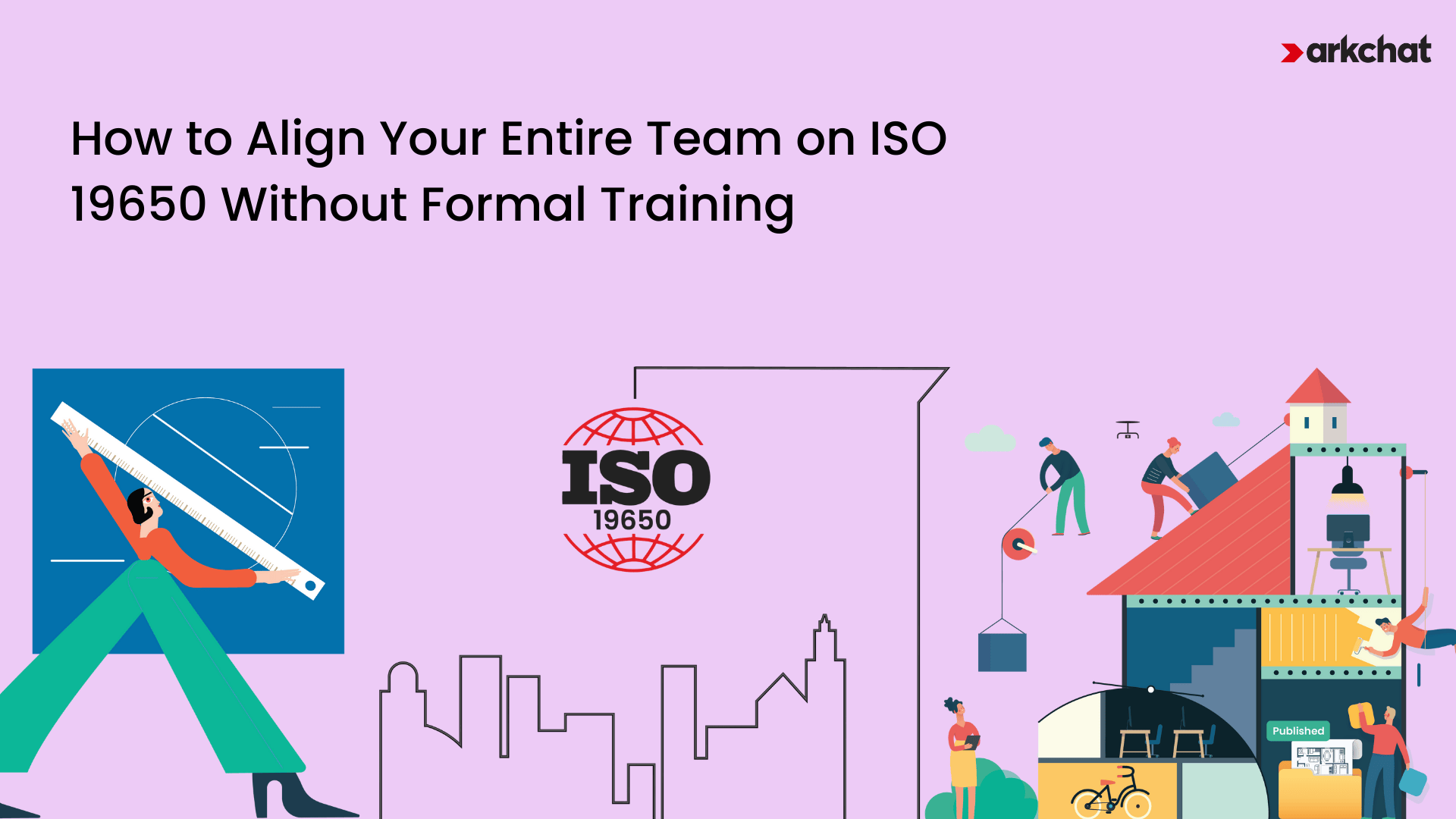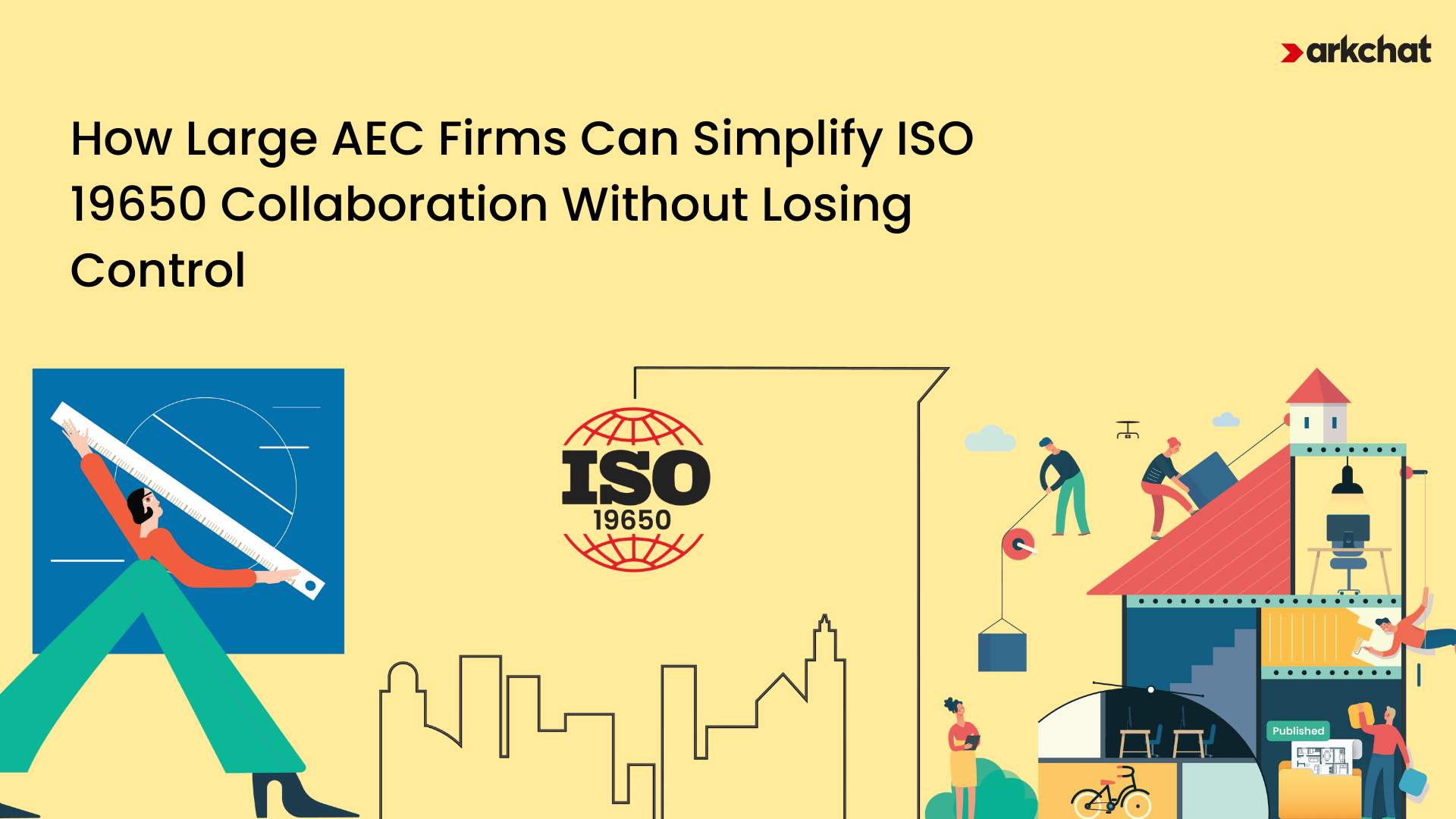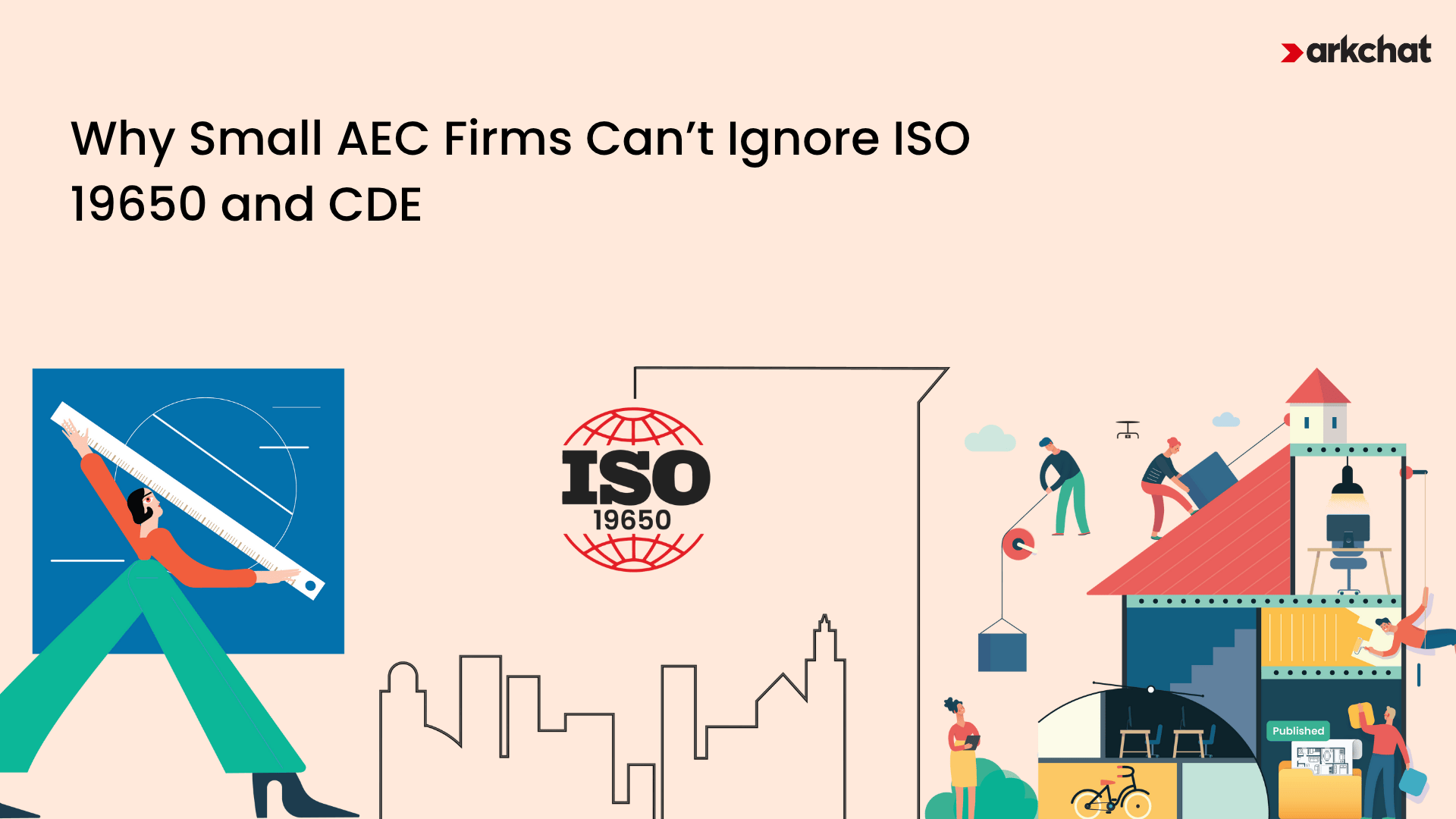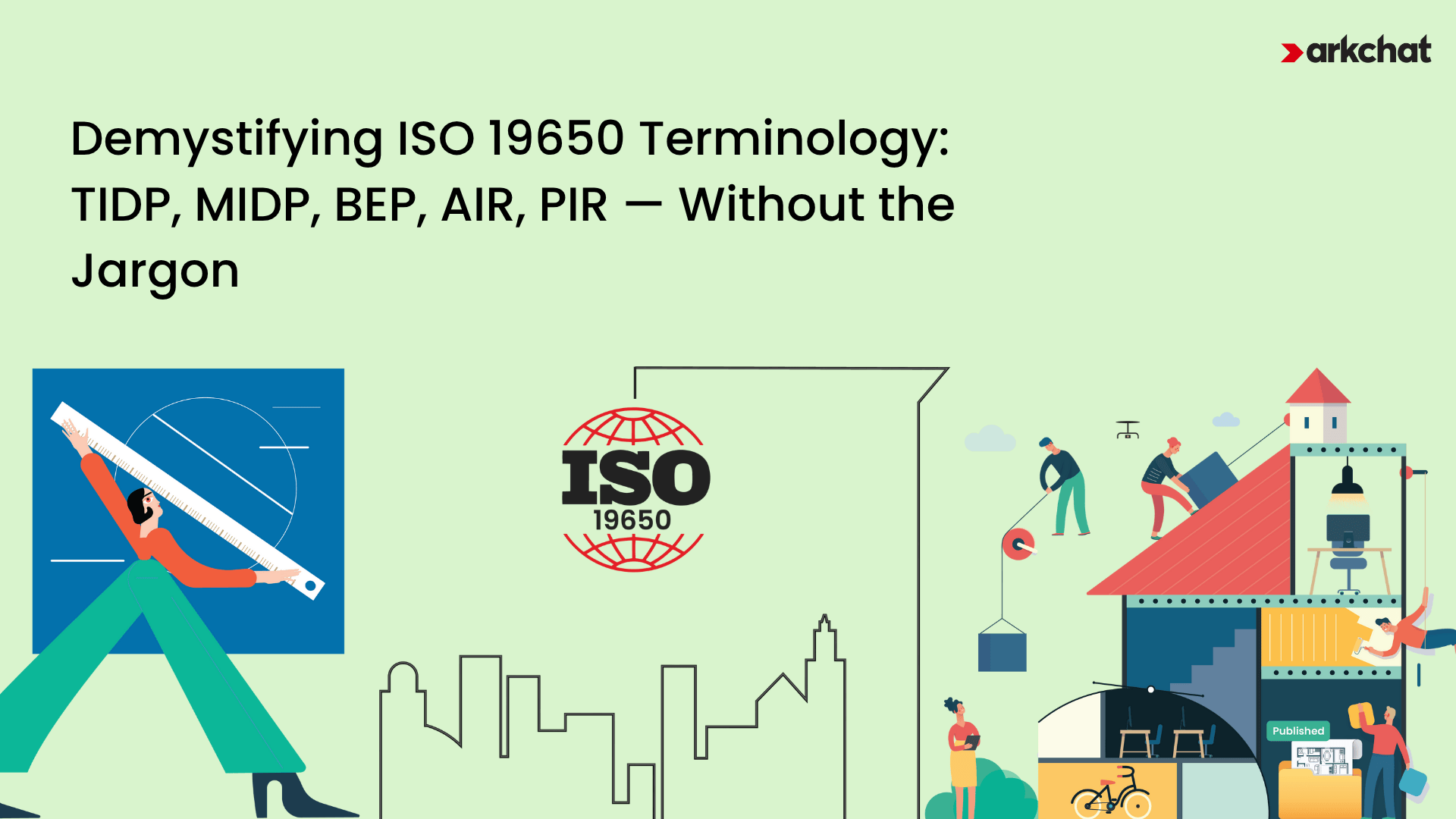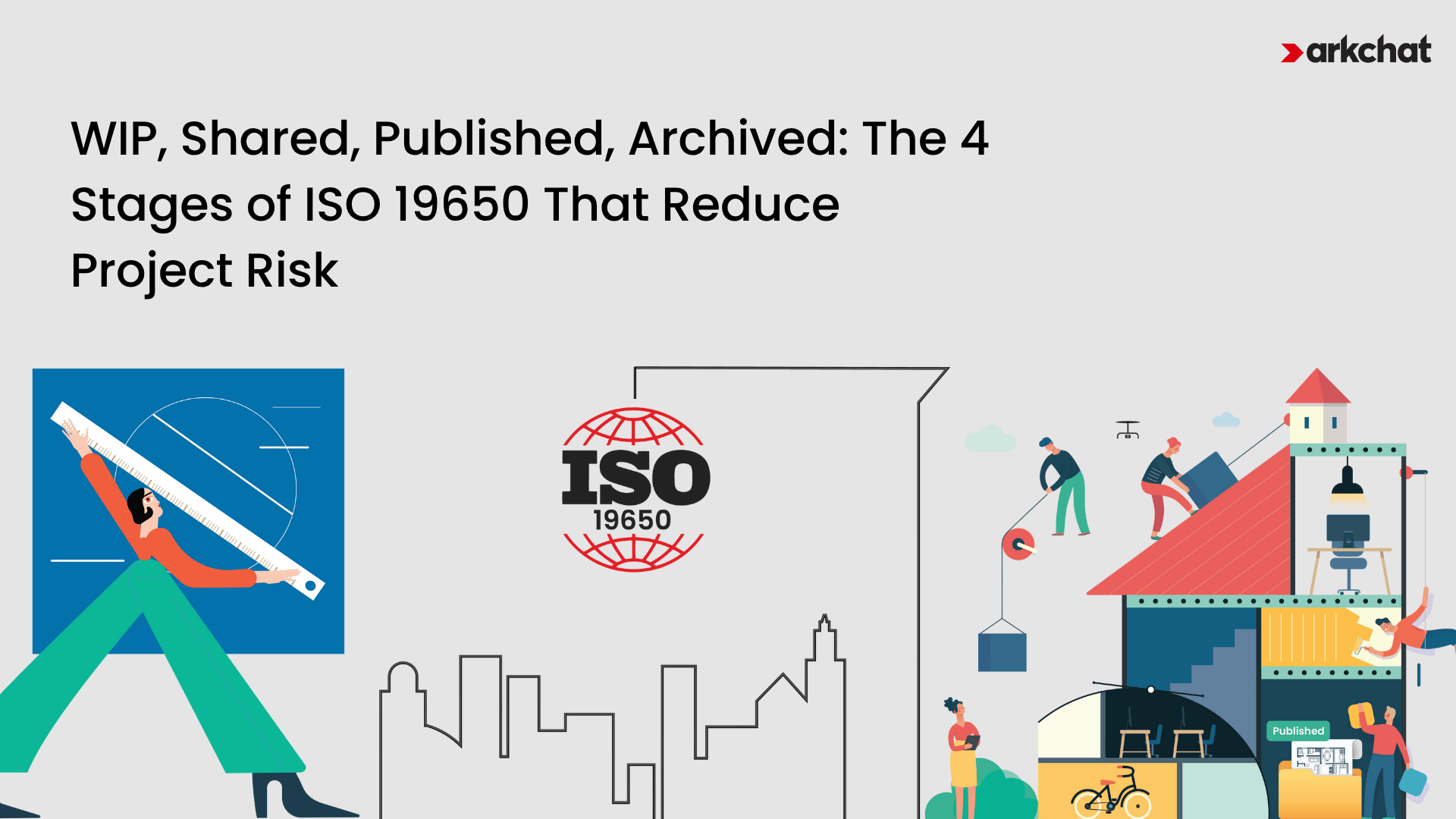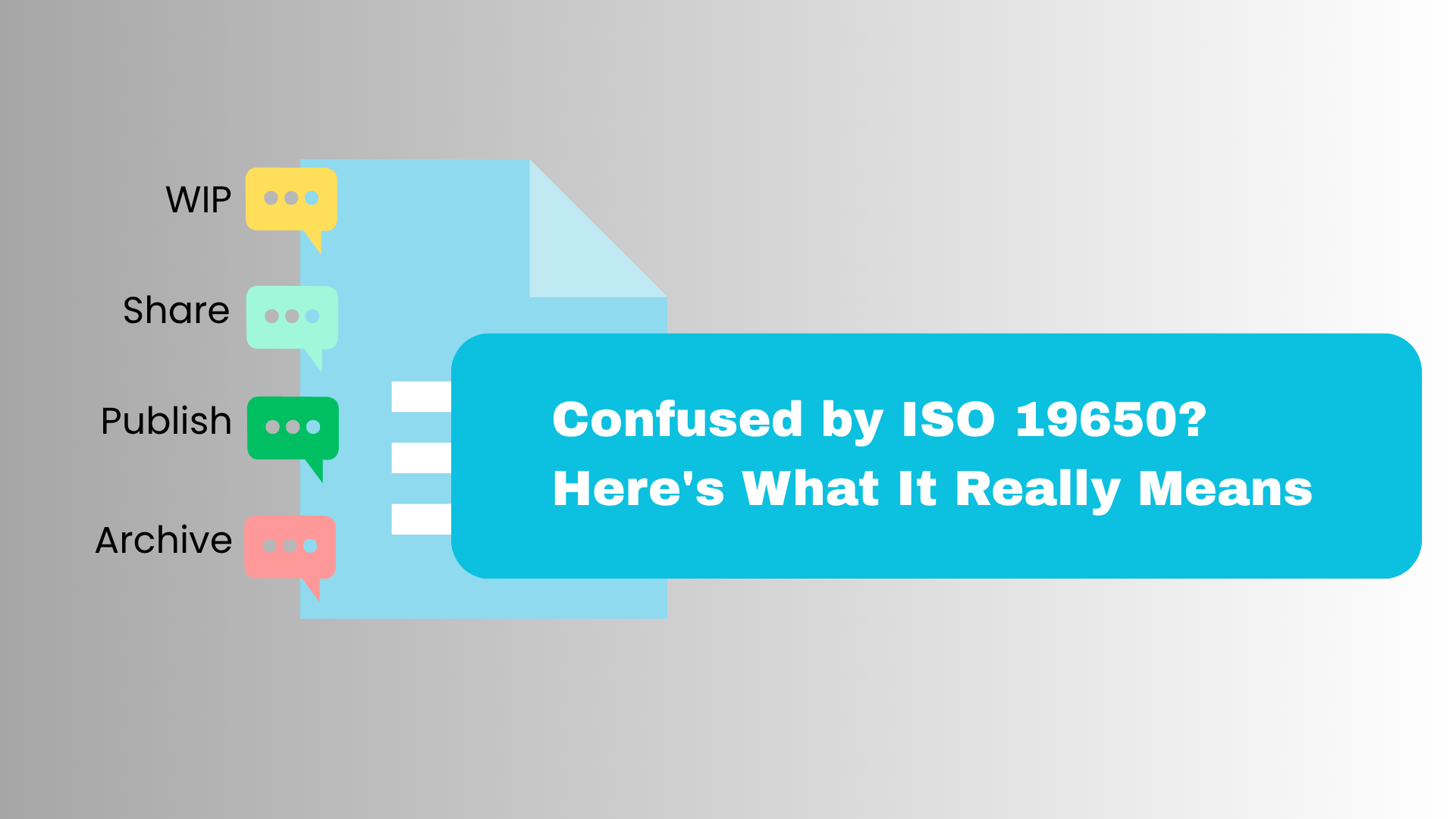Part 3 of the series: “Mastering Project Information Management — The ISO 19650 Way”
The Heart of ISO 19650: The CDE
If you’ve read the first two articles in this series, you’ll know that we’re slowly unpacking ISO 19650 — not through academic theory, but as practical guidance for AEC teams trying to work better.
At the very centre of this framework is the Common Data Environment ISO 19650 defines and promotes. It’s not a new app, or a brand name. It’s a concept — but one that has real, everyday impact on how your projects succeed or stall.
And yet, I’ve found that many professionals — even experienced ones — still ask:
“What exactly is a Common Data Environment? Isn’t that just Dropbox or Google Drive?”
Let’s break it down.
What Is a Common Data Environment?
A Common Data Environment (CDE) is a single, agreed-upon place where all project information is stored, shared, updated, reviewed, and approved. Everyone in the project team works from the same CDE — not their own folders, not email inboxes, not chat screenshots.
According to ISO 19650, a Common Data Environment is the foundation of reliable project information management.
It’s the one source of truth.
A proper Common Data Environment aligns with several critical principles:
✅ Version control
✅ Clear approval workflows
✅ Metadata tagging
✅ Access permissions
✅ Document status indicators (WIP, Shared, Published, Archived)
✅ Audit trail for changes and decisions
It’s not just where files live — it’s how they’re managed.
What a CDE Is Not
Many AEC teams believe they are already using a CDE because they use:
- Dropbox
- Google Drive
- OneDrive
- SharePoint
- WhatsApp or Slack
While these tools help store or send files, they don’t qualify as a Common Data Environment unless they’re configured with strict workflows, versioning, and access rules.
Here’s the difference:
| Tool | Storage | Approvals | Versioning | Metadata | Status Tracking | Audit Trail |
| Dropbox/Google Drive | ✅ | ❌ | ❌ | ❌ | ❌ | ❌ |
| A real CDE (ISO 19650-compliant) | ✅ | ✅ | ✅ | ✅ | ✅ | ✅ |
The difference isn’t just technical — it’s about control, clarity, and trust.
Why a CDE Matters in Real Projects
Let’s say you’re designing a commercial tower. The structural engineer is waiting on an updated layout. Meanwhile, the MEP consultant is referencing the wrong drawing version. The contractor prints a PDF that was never officially approved. Site work proceeds. Mistakes happen.
Now imagine the same project with a proper Common Data Environment in place:
- Drawings are named and stored in one shared platform
- Each file shows its status (WIP, Shared, Published)
- The latest approved version is clearly visible
- Any updates are tracked with metadata and change logs
- Only authorised people can approve and publish documents
The result?
✅ Less confusion
✅ Fewer errors
✅ Faster decisions
✅ Safer projects
Who Uses the CDE — and How?
A good Common Data Environment isn’t just for BIM managers or document controllers. It’s used by:
- Architects
- Engineers
- Contractors
- Consultants
- Clients and Owners
- Site teams
Each role interacts with the Common Data Environment differently:
- Designers upload and share models
- Project managers review and approve
- Contractors access only approved versions
- Clients see published data they can trust
This structured interaction helps everyone stay on the same page — literally.
Do You Need Fancy Software to Implement a CDE?
Not necessarily.
You can configure systems like Microsoft SharePoint or Google Workspace to mimic some CDE behaviours — but it takes discipline, customisation, and documentation.
Many firms choose tools like Autodesk BIM 360, Trimble Connect, Asite, or Aconex — which are built to be Common Data Environment platforms.
But here’s the challenge: these tools are often expensive, complex, and underused by field teams.
That’s where I believe the next generation of CDE tools — especially messaging-first platforms — will shine.
(We’re building exactly that with Arkchat — more on that later in this series.)
CDE Isn’t a Folder — It’s a Workflow
One of the biggest misconceptions is treating a CDE like a storage folder. But a Common Data Environment is more like a structured, rule-based workflow environment.
It’s not just where you store information — it’s how that information flows:
- Draft (WIP): Created and developed by a single team
- Shared: Shared with other teams for coordination
- Published: Approved, ready for construction
- Archived: Stored for long-term access
Every step is traceable. Every version is findable. Every file is meaningful.
Why I’m Writing About This
I’ve seen too many projects suffer because decisions were lost in inboxes or drawings were shared via chat. The project suffers — and so does the client relationship.
When I first learned about the Common Data Environment, I realised it was not about overengineering — it was about bringing structure to creative, fast-moving teams.
As the founder of Arkchat, I’m focused on helping teams manage work through everyday messaging — but underneath that, we’re building a lightweight, intuitive Common Data Environment that aligns with these principles.
Not because ISO says so — but because it’s what actually helps teams work better.
What’s Next
In the next article, I’ll go deeper into the status system behind ISO 19650 — WIP, Shared, Published, Archived — and explain how these information stages reduce risk and improve coordination.
We’ll also talk about how metadata and naming rules (often ignored!) are essential for making CDEs work.If you’ve ever struggled to track who approved what — or when — that article is for you.
